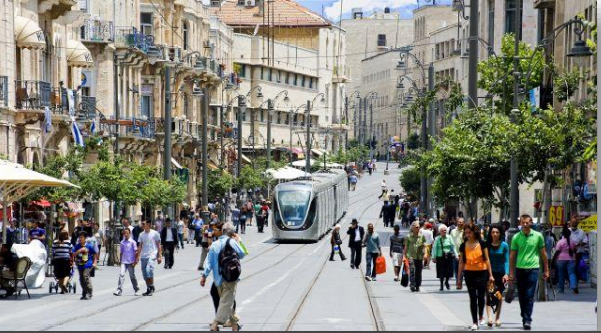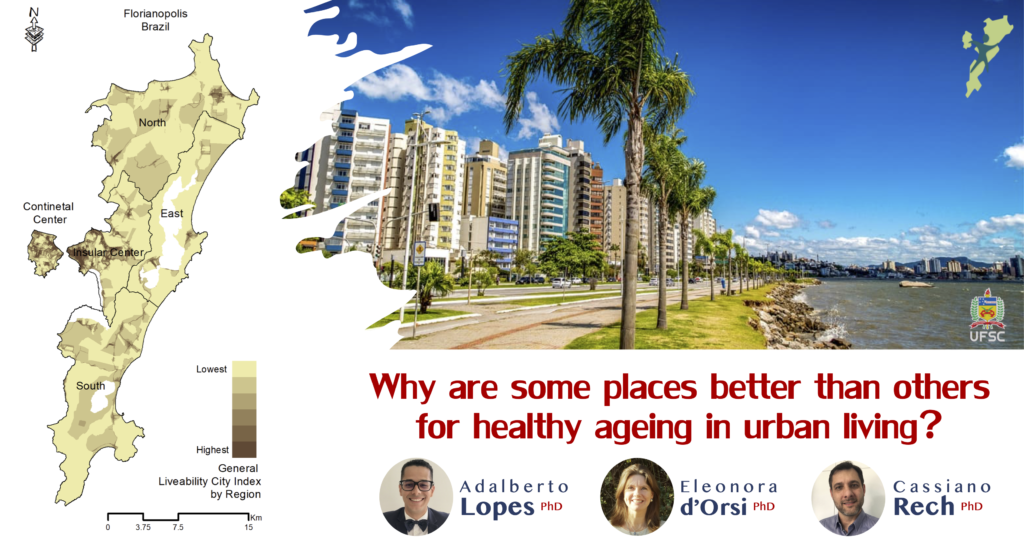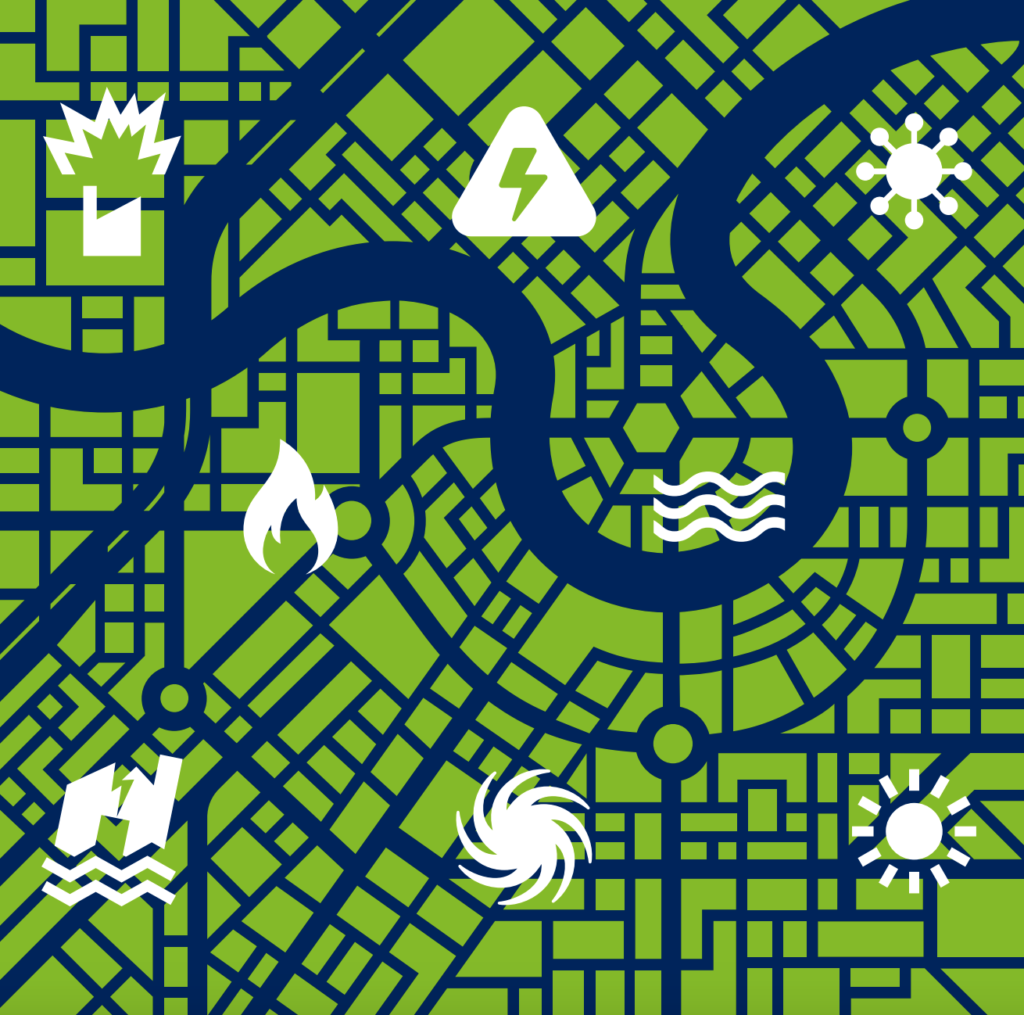City Know-hows

Target audience
Elected officials (policy makers), funders and urban planners. Citizen committees and municipality employees.
The problem
Achieving health and wellbeing for all citizens is the number one goal of the WHO. This goal is extremely challenging and requires cooperation among many different parts of society including policy makers, funders, NGOs, citizen representatives, and committed public employees. The problem is that these multiple partners are not at the present working cooperatively and have different agendas.
What we did and why
We focused on four of the collective impact model in order to encourage various multicultural, multi-level sectors of the local community groups that don’t usually work cooperatively since they don’t understand each other. Collective impact models or frameworks are approaches supporting networks of community members, organizations, and institutions to advance equity by learning together, aligning, and integrating their actions to achieve population and systems-level change.
Based on collective impact, a communication tool was developed which created a common language to deal with issues of health and wellbeing as well as poverty, climate change, inequality, economic development. This in order to progress with the WHO sustainability goals of health & wellbeing (SDG3).
Our study’s contribution
This study describes a roadmap of how a multicultural city improved health and wellbeing with the following components:
develop a communication tool for cooperative planning and activities
set common agendas across multiple departments, officials and citizens,
create a shared measurement system,
create mutually reinforcing activities,
create backbone support across various sectors of society (political, citizens, public employees).
These steps allow sustainability and enhance achievement of SDG3 (health and wellbeing) as well as other SDGs.
Impacts for city policy and practice
Create a team that includes members from various sectors of society and civil service and teach them how to communicate, set goals, use a common language and focus on how to impact and sustain achievements.
“Collective impact is a marathon, not a sprint.”
Funding must be designated for activating and achieving these goals.
Further information
A case study on the use of the SDGs with a Collective Impact Initiative in Southwest Florida: Study showing the use of a Collective Impact approach.
WHO European Healthy Cities Network: WHO Healthy Cities is a global movement working to put health high on the social, economic and political agenda of city governments. For over 30 years the WHO European Healthy Cities Network has brought together some 100 cities and approximately 30 national networks to pursue health and health equity through city-wide approaches.
The Collective Impact Forum: provide resources, host events, and offer coaching for people working to advance equity and achieve systems change using a collective impact approach to collaboration.
Full research article:
Health and wellbeing (SDG3) in urban design and spatial planning: A retrospective roadmap towards the Collective Impact Model by Miri Jano Reiss, Amiram Rotem, Ofer Gridinger,Yael Tzur, Gil Reichman, Rakel Berenbaum and Chariklia Tziraki
Related posts

Urban health is a complex system that involves several indicators acting together, there is no single solution to the health-related issues in cities. We wanted to promote healthy ageing in urban living. Our strategy was to take people’s needs and demands into account, when evaluating, monitoring and proposing feasible changes in built, natural and social environments.

As emerging challenges have made urban areas increasingly vulnerable, jeopardizing the health and well-being of their inhabitants, resilience should be seen as a pathway for healthy cities and integrated into urban planning practices. This study shows if and how existing indicator frameworks can identify urban systemic vulnerabilities and priorities for resilience building to provide local authorities with evidence crucial in planning for healthy and resilient cities.

Emergencies can become transformative experiences for cities: an opportunity to rethink, replan and rebuild, and to push for changes that can make them more healthy, sustainable, equitable and resilient. We interviewed 12 cities on their practical experiences with local emergencies and disasters, identifying common challenges and lessons learned for the future.